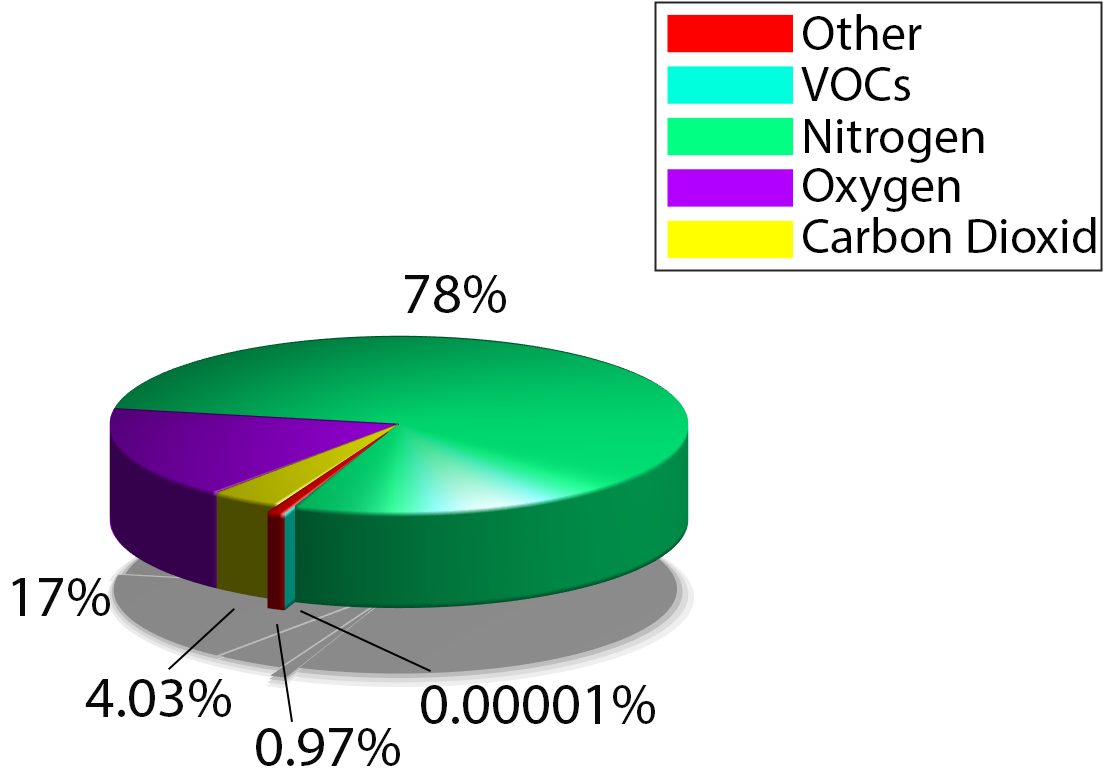DAS-MS-Studie - What is this actually?
DAS-MS stands for Direct Breathing (ger. Atem) Gas Analysis using SICRIT® mass spectrometry. Within the scope of this project, the composition of the respiratory gases of volunteers is analyzed. The gas is directly injected into the measuring device (mass spectrometer) and results are monitored in real time. SICRIT® is the name of a component of the measuring device, which is developed and provided by the company Plasmion. In similar studies, the breathing gas had to be transferred into e.g. a plastic bag beforehand and subsequently injected into the mass spectrometer. The direct feature of this technique essentially skips an otherwise time-consuming sample preparation thereby significantly simplifying the whole workflow. With regards to the aspired diagnostic application, we want to keep everything as simple and user-friendly as possible.
From breathing to disease diagnostic
The composition of our breath is clearly different from the ambient air. Probably the best-known change involves the oxygen and carbon dioxide content. Thus, the oxygen content of ambient air is 21%, which decreases to 17% in exhaled air due to the body's own processes. The content of carbon dioxide, on the other hand, increases by 4% compared to the inhaled air. Obviously, the composition of the air has changed during its passage through the human body, which already yields some biological information. Let's move away from classic respiratory gases and focus on less abundant substances. In fact traces of endogenous substances could be found early in history, in which our nose was used as a measuring device. These substances of interest can be metabolic products or parts of the microbiome, but also food residues and certain environmental signatures are found in measurments.

The biological information is not only limited to the lungs. The blood system passes through the entire body, and through the exchange of gases in the lungs, a variety of substances may also enter the breath. For example, acetone in the breath indicates hypoglycemia in a patient with diabetes, and some animals, such as rats and dogs, are able to detect diseases such as diabetes or cancer because of their keen sense of smell. Attempts are already being made to replicate this principle with so-called E-noses (electronic noses). In both cases volatile organic compounds (VOCs) are detected. The amount of contributing factors, coupled with a highly sensitive measurement method results in a complex mixture of signals. These can vary considerably from one person to the next, since each of us is shaped by a unique set of biological influences over the course of our lives. This wealth of information must now be decode it.


